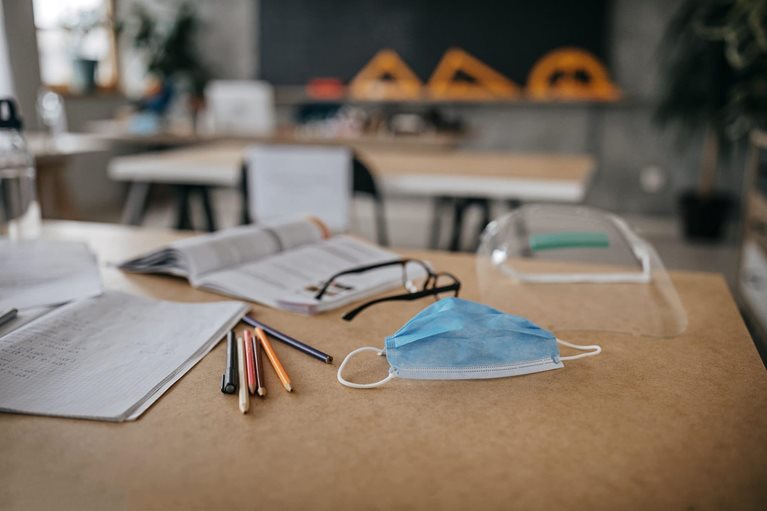
How Reopening Schools Can Create Safer Classrooms
Many schools around the country are finally making plans to reopen now that vaccine production and distribution is in full swing. But even though the threat of COVID-19 is weakening, reopening schools has its risks. Continue reading to learn why reopening may be beneficial, and how schools can reopen classrooms safely while preventing potential outbreaks.
The Benefits of Reopening Schools
Many people wonder if schools should reopen due to the health risks, even with the availability of vaccination. However, remote learning has been difficult for many families through the pandemic.
“COVID-19 has posed many challenges for families in relation to childcare, schooling, and overall child health,” says Nicole Walters, Graduate Nursing Faculty & PMHNP Psychotherapy Course Coordinator at Regis College. Walters added that “Creativity is the key to making schools safe again, and we have to normalize the chaos as much as possible for their mental health. Promoting a culture of cleanliness, and behaviors to wash hands is all part of our normal world before Covid.”

Last year, school districts had to act quickly and switch to remote learning with very little warning. That has had a huge impact on students all over the country, causing many children to fall behind in school due to the challenges of remote learning. Some lack access to the technology infrastructure to participate fully, while others struggle to engage online. While some kids enjoy learning at home, many miss the social aspects of attending school or struggle to keep up with remote learning.
| Need to finish campus renovations while students and faculty are still away? Schools opening back up again can better manage campus construction projects with PODS containers. |
The Biden Administration’s Vow to Reopen
When will schools reopen? The Biden administration vowed from day one to reopen public schools, with a plan to have children in grades K-8 back on campuses within 100 days of his inauguration. If the administration reaches its goal, all students could be in classrooms by April 30. Regardless, schools are being encouraged to reopen by spring 2021.
The plan involves sharing information and resources, along with additional testing efforts to keep kids and educators safe. The Biden administration has also laid out plans for additional funding to help schools succeed.
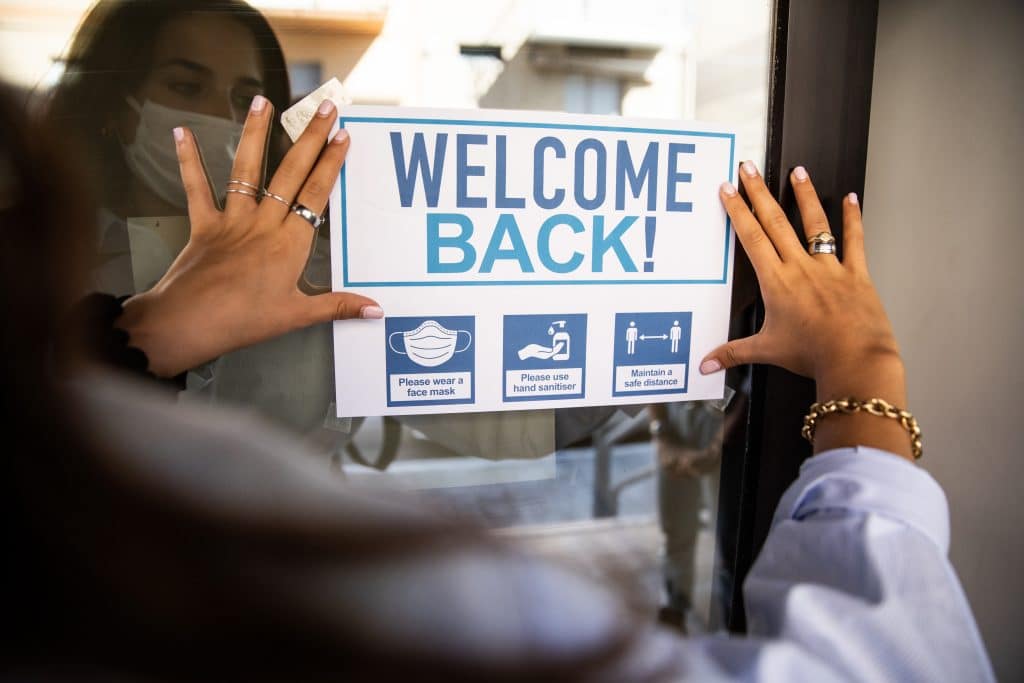
“Schools are a key factor in keeping our nation's economic engine running. The pandemic and resultant school closures evidence a critical breakdown for workers, especially women of color, to actively engage the workforce during this time” says Dr. Wendi Williams, Dean and Professor at Mills College’s School of Education. “The Biden-Harris administration seems to grasp the critical role the government must play to ensure that not only our families feel comfortable sending their children to school, but that our teachers, staff, and school leaders can comfortably and confidently re-enter our school buildings,” Williams said.
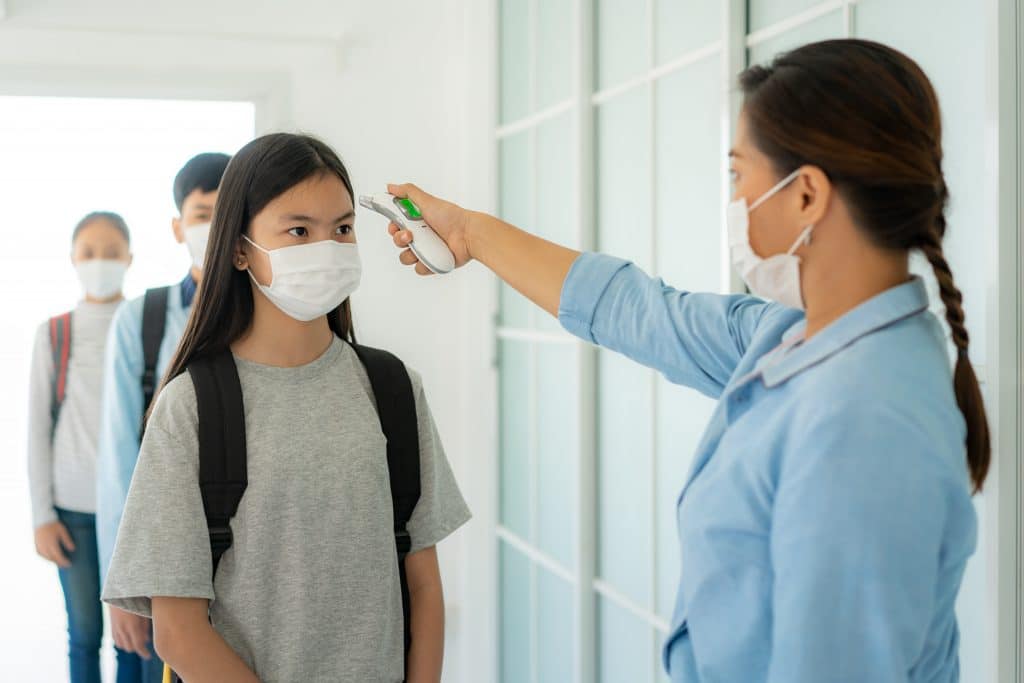
“Before embarking on this journey,” adds Dr. Dean Cantu, professor and Chairperson at the Department of Teacher Education and Online Doctor of Education (Ed.D.) Program at Bradley University, “the Biden Administration needs to ensure the data they are currently collecting from these school districts is analyzed in a thoughtful and comprehensive manner, so these collective ‘lessons learned,’ i.e., what worked and what didn’t work, will serve to guide and direct them as they execute their school reopening plan.”
Keeping Students, Teachers, and Facilities Safe
Reopening schools safely across the country is a monumental challenge. Getting educators vaccinated and continuing testing efforts will be key in addition to creating safer in-person learning environments for students. Educational institutions should also follow the official CDC guidelines for reopening schools.
Cheryl Holcomb-McCoy, PhD, Dean of the School of Education at American University thinks, “States should utilize federal funds to ensure that districts can make school modifications … reopening schools should be safe and not a place for children, educators, and families at risk of illness or possibly death.” Schools will also need to continue having students wear masks, distance as much as possible, wash their hands, and stay home when they don’t feel well.
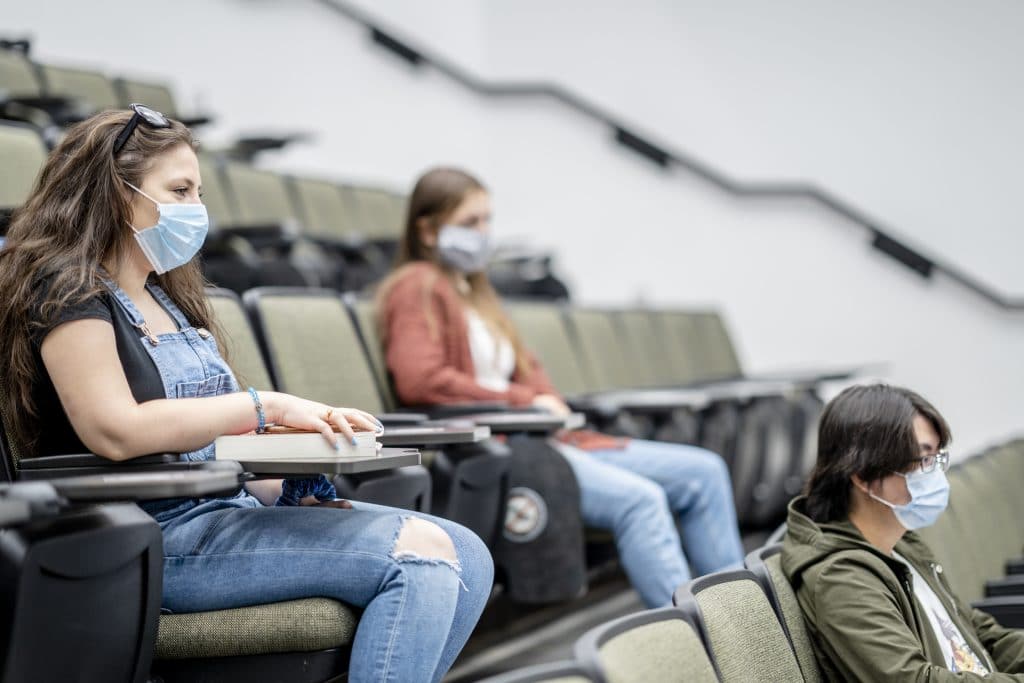
Allocating resources for structural and layout modifications to classrooms and campus facilities will be required, such as spacing out desks and furniture. These operational precautions will help ensure proper distancing is maintained in classrooms and other indoor areas on campus where students and faculty may gather, such as libraries and gymnasiums.
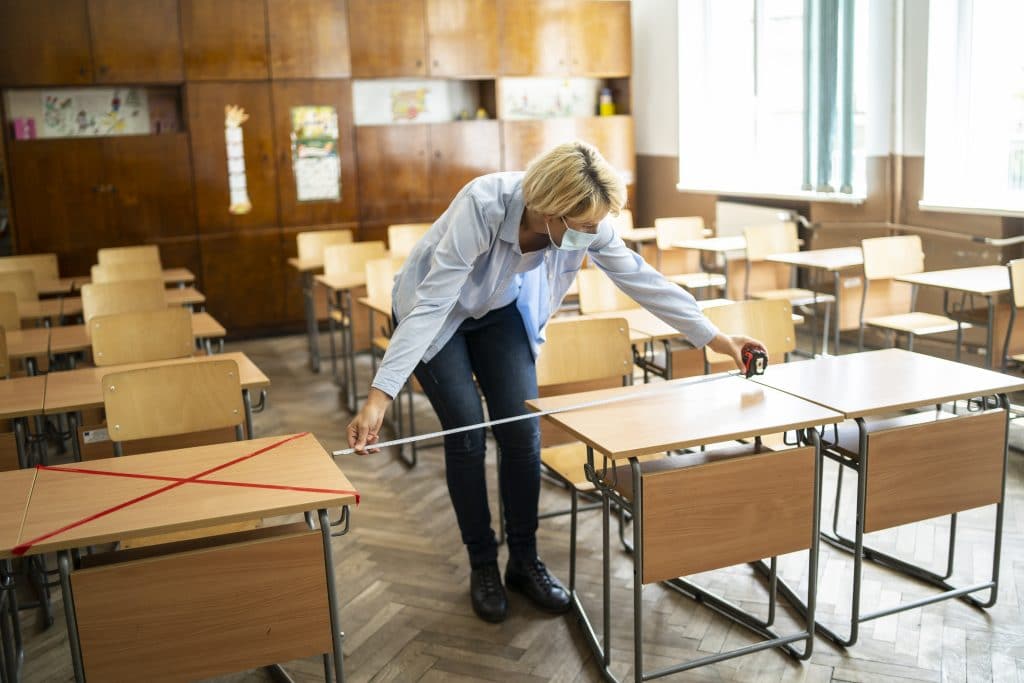
Physical distancing inside campus facilities means there will be large amounts of equipment and inventory that have nowhere to go. Using temporary, on-site shipping containers from moving and storage providers like PODS are an efficient way to solve this problem.
As for the future, Holcomb-McCoy added that “federal funds should be invested in more high-quality professional development for teachers to do online learning. We will likely move to more hybrid (online and in-person) learning environments, meaning that some teachers will continue to teach online.”
Getting kids back in school as soon as possible is a priority for everyone. Now that it’s becoming safer to gather once again so long as proper safety protocols are observed, we need to proceed with caution to reduce the possibility of new outbreaks while helping students succeed.
Need storage for excess inventory and furniture so you can make space for social distancing on campus? Learn more about PODS moving and storage solutions for schools.
[maxbutton id="3"]
RELATED ARTICLE: Reopening Your Facility? See the 4 Social Distancing Best Practices for Businesses to Follow
Comments
Leave a Comment
Your email address will not be published. Required fields are marked *
